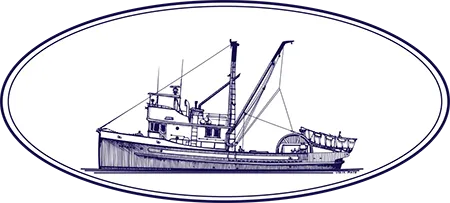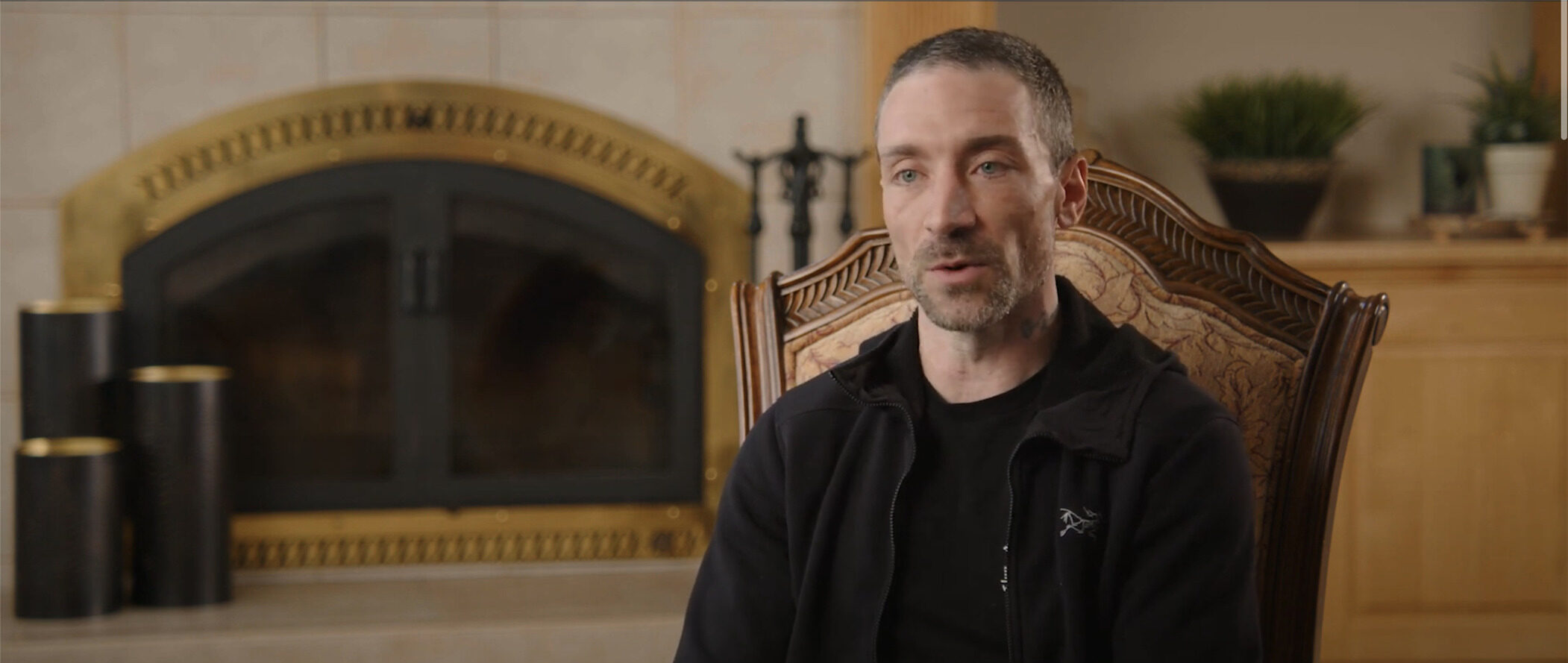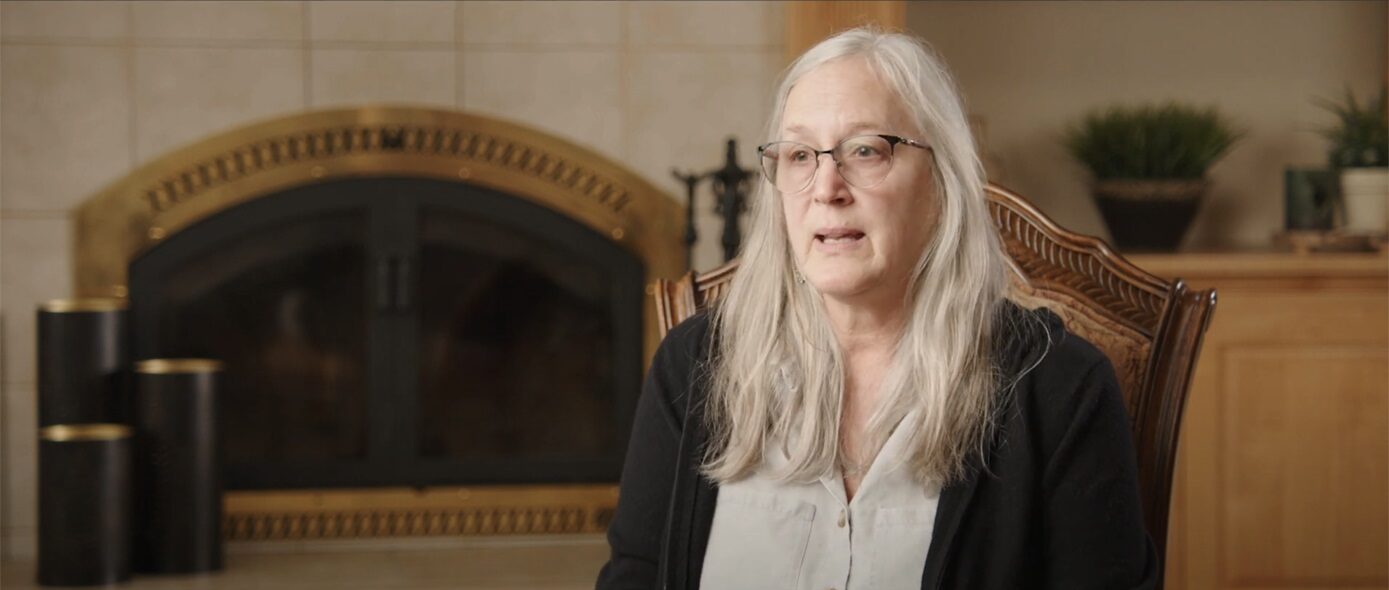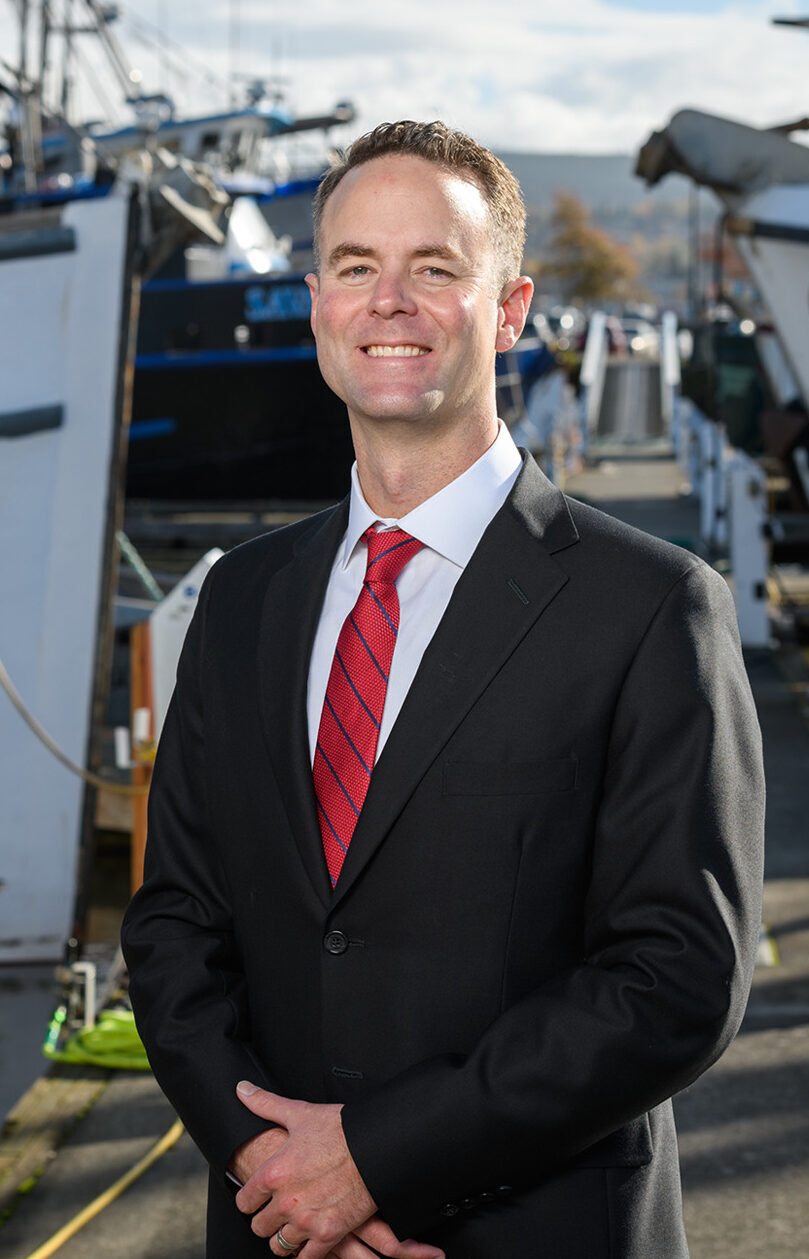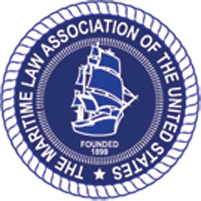Basket Transfer Accidents
Basket transfers are a unique method of moving people at sea. Originally developed for offshore oil rigs, they are now used widely in maritime operations. The baskets themselves are designed for safety and stability, but accidents can still occur.
Basket transfer accidents can be devastating for the victim, leading to severe injuries or fatalities. These accidents can cause traumatic brain injuries, broken bones, or spinal damage, requiring lengthy medical treatment and rehabilitation. It’s important for victims to know that they have the right to seek compensation from those who are responsible.
Maritime Basket Transfer Accident Lawyer
Despite technological advancements, a reliance on human skill and judgment make basket transfers a challenging part of maritime work and can result in severe injuries or death. These accidents are often the result of negligence or failing to uphold safety procedures.
If you or a loved one have been injured in a basket transfer accident, then you need to contact a lawyer immediately. The attorneys at BoatLaw, LLP are experts in maritime law, and are ready to provide the legal assistance you need to get the financial compensation that you deserve.
Call 1 (800) 262-8529 to secure an initial consultation. We litigate maritime cases across the country from our offices in Washington, Oregon, and California. Do not settle for less than what your case is worth.
Information Center
- About Basket Transfers
- Types of Basket Transfer Accidents
- Common Types of Victims in Basket Transfer Accident Cases
- Potential Liable Parties for Basket Transfer Accidents
- Legal Claims a Victim Can Bring Because of a Basket Transfer Accident
- Potential Damages in Basket Transfer Injury Cases
- Steps to Take After a Basket Transfer Accident
- Additional Resources
- Hire a Maritime Basket Accident Transfer Lawyer
About Basket Transfers
Basket transfers are a unique method of moving people at sea. Originally developed for offshore oil rigs, they are now used widely in maritime operations. The baskets themselves are designed for safety and stability, but accidents still occur. Despite technological advancements, the reliance on human skill and judgment makes basket transfers a challenging part of maritime work.
Types of Basket Transfer Accidents
- Impact with External Forces: Accidents often occur when the basket is struck by a wave or the vessel, causing the person inside to be thrown out or injured.
- Improper Securing: If the basket is not properly secured to the crane, it can drop or swing uncontrollably.
- Overloading and Imbalance: Loading the basket too heavily or unevenly can cause it to tip or become unstable.
- Mechanical Failures: Failures in the crane or basket equipment can lead to serious accidents.
- Adverse Weather Conditions: High winds and rough seas significantly increase the risk of accidents during transfers.
- Human Error: Mistakes in crane operation or securing the basket can lead to accidents.
- Inadequate Training: Lack of training or experience among crew members can contribute to operational errors.
- Equipment Maintenance: Poor maintenance of the crane and basket can result in malfunction during operation.
- Communication Issues: Poor communication between the vessel and offshore structure can cause timing and coordination errors during transfers.
Common Types of Victims in Basket Transfer Accident Cases
Victims of basket transfer accidents are typically maritime workers and offshore employees. This group includes seamen, oil rig workers, and those involved in offshore construction or maintenance. These individuals are often required to move between ships and offshore facilities as part of their job, making them more susceptible to accidents. Contractors and visiting professionals who are not regular crew members but need to be transferred to offshore locations for specific tasks are also among the common victims in these accidents.
Potential Liable Parties for Basket Transfer Accidents
In cases of basket transfer accidents, different parties may be held responsible depending on the circumstances.
- The vessel owner might be responsible if the accident stemmed from failure to maintain the vessel or equipment properly.
- If the basket or lifting equipment was defective, the manufacturer could be held accountable for producing faulty products.
- The company operating the vessel or offshore platform might face liability for not implementing adequate safety protocols or training.
- Additionally, third party contractors involved in the transfer operation could be liable if their negligence contributed to the accident, such as improper operation of the basket or failure to secure it safely.
- The employer of the victim may also bear responsibility, particularly if they did not provide proper safety gear or ignored safety regulations.
- In some cases, multiple parties might share liability, depending on their roles in the transfer process and the accident’s circumstances.
Determining liability often requires a thorough investigation into the incident, including the equipment used, actions of the individuals involved, and compliance with safety standards.
Legal Claims a Victim Can Bring Because of a Basket Transfer Accident
Victims of basket transfer accidents have several legal routes under federal law. Under the Jones Act, injured seamen can file a negligence claim against their employer. They need to show that their employer’s negligence contributed to their injury.
For an unseaworthiness claim, the injured worker must file a lawsuit against the shipowner. It’s not necessary to prove the owner was negligent; the worker only needs to show that the vessel or its equipment was unfit for use at the time of the accident.
When someone gets injured during a basket transfer accident due to defective equipment or negligence by a third party, they can bring personal injury claims against the party responsible. The claim would argue that the injury resulted from the manufacturer’s failure to ensure the product’s safety or the contractor’s improper use or maintenance of the equipment.
Potential Damages in Basket Transfer Injury Cases
Under Jones Act negligence claims and general maritime unseaworthiness claims, injured seamen can seek compensation for lost wages, medical expenses, pain and suffering, and loss of enjoyment of life because of their injuries. Maritime laws also allow for maintenance and cure claims, which cover daily living expenses and medical treatment during recovery.
Under the Longshore and Harbor Workers’ Compensation Act, injured workers who aren’t considered seamen can receive compensation for medical expenses, rehabilitation costs, and a portion of their lost wages.
Wrongful death claims allow family members of a deceased seaman to seek damages. Under the Jones Act, the family can recover damages for the pain and suffering of the decedent prior to death, lost future earnings, and loss of support, companionship, and care to the surviving family members. The LHWCA provides compensation to the families of maritime workers not classified as seamen. While it covers medical expenses, funeral costs, and compensation for lost wages, it is more limited in terms of compensation for non-economic damages like pain and suffering or loss of companionship.
In general maritime injury claims brought against third parties, damages often include medical expenses, covering immediate and future treatments. Compensation for lost wages is available if the injury impacts the victim’s ability to work. Additionally, claims for pain and suffering address the victim’s physical and emotional distress.
If a victim is partially at fault for the accident, this can affect the amount of damages they can recover under some Jones Act claims and general maritime claims. Comparative negligence rules may apply, where the compensation is reduced in proportion to the victim’s amount of fault.
Under the Jones Act, a basket transfer accident victim has a three-year window from the incident’s occurrence to initiate a lawsuit. Similarly, claims for unseaworthiness under general maritime law must also be filed within three years from the date of injury. For injuries covered by the LHWCA, injured parties have a shorter timeframe, with claims usually needing to be filed within one year from the date of the injury.
Steps to Take After a Basket Transfer Accident
- Seek Medical Attention: First and foremost, attend to any injuries by getting medical help immediately.
- Report the Accident: Notify your supervisor or the shipowner about the accident as soon as you can.
- Document the Scene: Take the time to document the accident scene and collect contact information from any witnesses.
- Keep Medical Records: Preserve all medical records and receipts connected to the injury. These documents are crucial for any potential legal claims.
Additional Resources
Personnel Transfers by Swing Rope and Personnel Basket – This resource is a safety alert from the Bureau of Safety and Environmental Enforcement describing a series of incidents that occurred during personnel transfers by swing rope and personnel basket in the Gulf of Mexico. It includes a specific case where a contract operator fell into the water, leading to an injury that required surgery. The alert reviews incidents from 2017, identifies common factors contributing to these accidents, and provides recommendations for improving safety during personnel transfers.
Hoisting Personnel – The Occupational Safety and Health Administration (OSHA) provides guidelines on the proper methods for hoisting personnel in construction settings. This resource outlines specific requirements that supplement general safety regulations, focusing on the conditions under which employees may be hoisted and the design and operation of personnel platforms. It emphasizes the importance of safety devices, proper equipment setup, and operational guidelines to ensure the safety of personnel being lifted.
Near Miss: Personnel Transfer Basket Hit Structure – This article by the International Marine Contractors Association describes a near-miss incident where a personnel transfer basket made contact with a platform’s structure because of an unexpected wave causing vessel roll. The incident highlights the importance of thorough planning and risk assessment in personnel transfer operations, including considerations for environmental conditions and ensuring sufficient clearances to avoid contact with structures.
Hire a Maritime Basket Accident Transfer Lawyer
Contact us today to champion your cause and navigate the complexities of maritime claims, ensuring that your rights are fiercely protected and your future is secured.
Call 1 (800) 262-8529 to secure an initial consultation.
We litigate maritime cases across the country from our offices in Alaska, Washington, Oregon, and California. We handle cases that occur in the Pacific Ocean, Bering Sea, Coos Bay, The Columbia River, Grays Harbor, Port Angeles, Lake Tahoe, Dutch Harbor, and the Gulf of Alaska.
Do not settle for less than what your case is worth.
